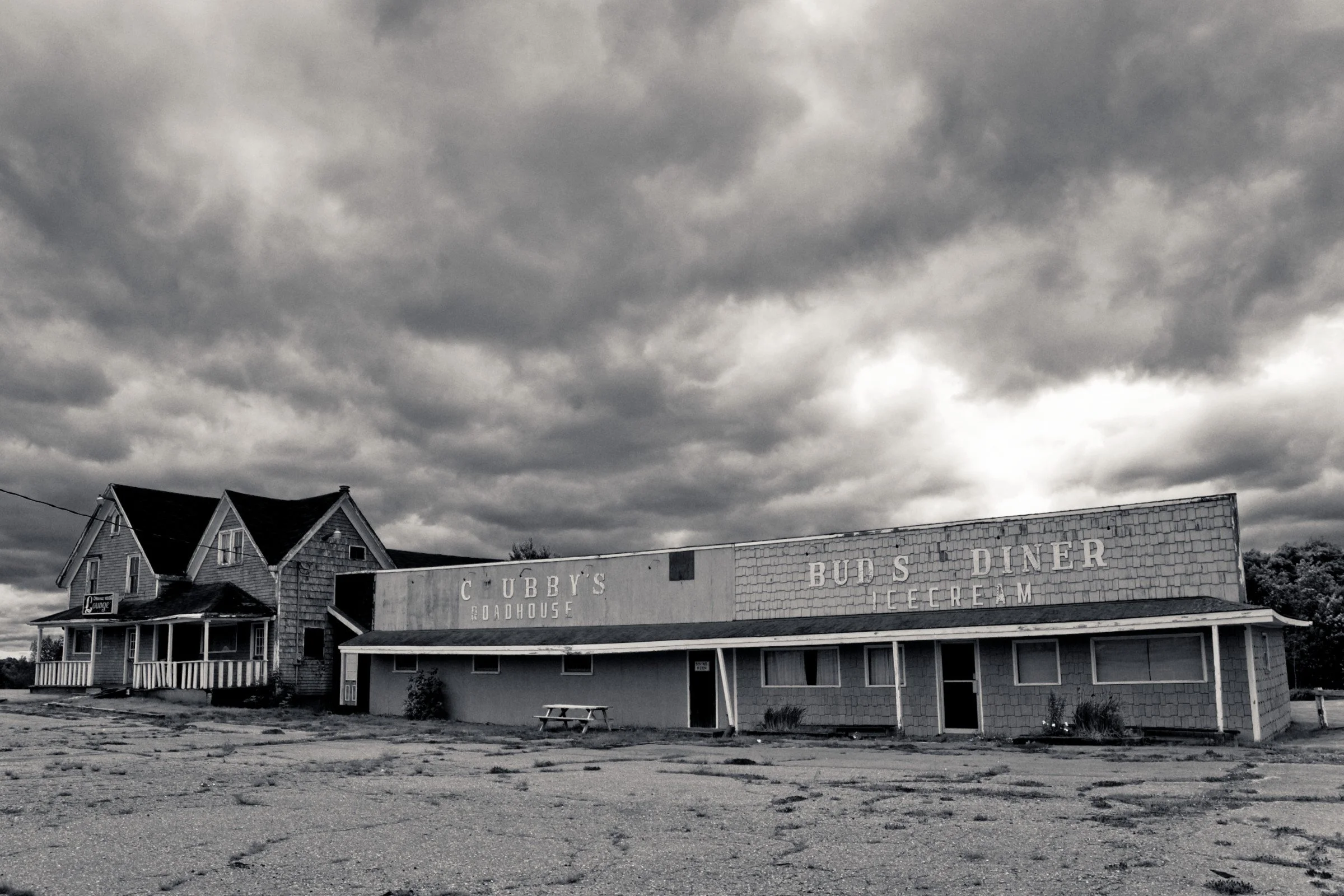The Canadian Diner: Fried, Tried, and True
[entree]
Slide into a vinyl booth at any classic Canadian diner and you’ll be welcomed by a waitress who calls you “dear.” There’ll be a hot turkey sandwich, fries and gravy on the laminated menu, prepared in a kitchen where the food is not sautéed, it’s sizzled. And while the placemat may be paper, the coffee will be strong.
The diner is a refuge from work, from life’s problems, from the night before. Most greasy spoons are cramped, noisy and egalitarian: business suits and political back-room politicos sit booth-to-booth with truckers and the unemployed. The diner offers comfort food, and a comforting atmosphere. We linger there.
There is some debate over what is needed to cook up a diner. Some aficionados say that only sleek and shiny, streetcar-shaped eateries can wear the nametag. Others would argue, presumably over rice pudding, that cheap, stick-to-the-ribs fare enjoyed in a booth or at a counter is all that’s needed to hit the spot.
What true diners have in common – apart from the all-day breakfast and bottomless cup of coffee – is an unpretentious atmosphere where you can feel comfortable wearing rubber boots. Although Canada is home to a few flashy diners, most establishments here are humble roadside eateries or downtown hole-in-the-walls with rarely a jukebox in sight. Diners may be as American as apple pie, but they are also as Canadian as maple syrup. When all is said and eaten, the diner is an experience, not a structure.
Of course, no one would promote diners as an ingredient in healthy living. In Montreal, customers line up to sit at one of the 11 stools in the cramped, chaotic cubbyhole of a greasy spoon called Cosmos, which was operated for 30 years by the passionate Tony Koulakis. They are there to sample his calorie-laden fare, especially the legendary breakfast “mish-mash,” a potent combo of ham, sausage, bacon, salami, onions, tomatoes and eight eggs. But even Koulakis – known as the God of Potatoes – used to warn his customers of the health risks.
Yet there are moments in our lives when it’s more important to feed the soul.
The greasy spoon is also one of the last links to an economy of small, locally owned businesses rather then chains with head office hundreds of miles away. Diners are part of the neighbourhood. In the aftermath of Hurricane Juan, rather than throw out soon-to-spoil food due to the power outage, the staff of the Ardmore Tea Room – a gastronomical landmark in Halifax since 1958 – used gas burners to cook on the sidewalk for anyone needing a hot meal.
Although the classic diner may seem like it’s always been there and always will be, many are disappearing, smothered like gravy on french fries by fast food franchises. Since the 1970s, it’s been getting difficult to make cash from slinging hash.
Adding salt and pepper to the wound, there are now restaurant chains adopting the classic diner form. These faux diners are cashing in on the cultural cachet of the mom & pop operation, yet serve identical food in identical surroundings with identical, inflated prices. Take the time to instead search for the tried, fried and true.
Any down-home eatery worth its salt has fries with real potato skin on the ends, juicy burgers, soggy hot meat sandwiches, greasy bacon and eggs, and thick milkshakes. (Although given the number of vegetarians now plunking down money in these established dens of carnivores, most diners have added veggie burgers.) It’s always a tasty idea to ask about the specialties too. Many of these restaurants have absorbed the unique spicings of the owner’s original ethnicity, be it Greek, Chinese or Lebanese. Diners are multiculturalism writ small but writ with flavour.
Road trip to just about city or town in Canada, and there’ll be at least one classic diner, far too many to list here. So the next time you’re hungry, skip the prefab burger and corporate seating plan. Squeeze instead into the squeaky comfort of a faded vinyl booth. Because you deserve a break today – at a diner.
[side]
A Quick but Tasty History of the Diner
In Northeastern America in the late 1800s, horse-drawn snack wagons pioneered the first fast-food pick-up windows – for five cents, late-shift factory workers were handed a hearty sandwich and a hot cup of coffee.
By the end of the century the wheels were off these roaming restaurants after many cities, abuzz with electric trolley cars, banned the slower wagons. Owners rolled their carts into vacant lots, covered the wheels, and re-opened as stationary snack shops. Old streetcars headed for the scrap heap were also converted into instant eateries by adding a grill and a coffee pot. These transformed trolleys had room for a counter, stools and customers who could now eat inside.
Entrepreneurs could smell an opportunity and started selling prefabricated lunch bars in the guise of trolley cars. ‘Ready to roll’ straight from the factory, the canteens came with seats and a stove – even a kitchen sink. Restaurants modeled on the railway dining car jumped the tracks as well, and soon became known as diners.
With the end of the Second World War, manufacturers added glowing neon and curved stainless steel exteriors to reflect post-war promise. These larger prefabs had booths that could hold an entire family – and formica tabletops that were easy to clean after they left.
Some say that only these streamlined originals should be called diners, while others focus on the affordable, unpretentious atmosphere regardless of the outside trappings. Both styles can accurately be called diners. In keeping with our more humble nature, Canadian diners are usually low-key, down-home establishments.
- Published in Saltscapes magazine


